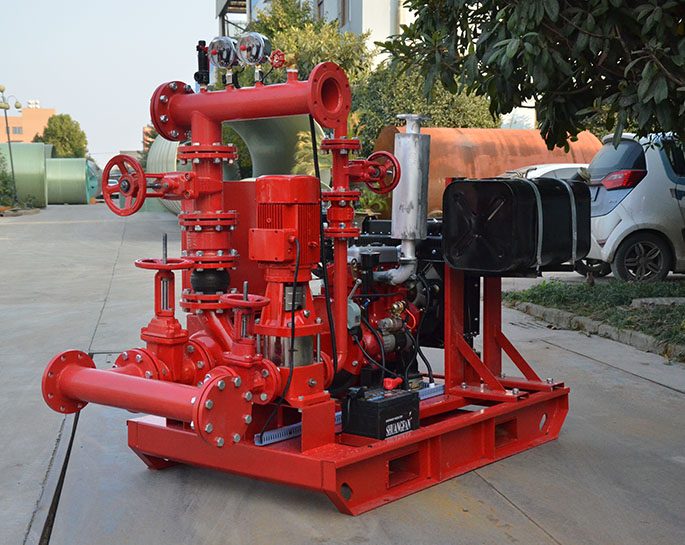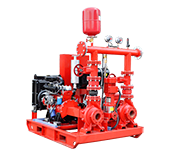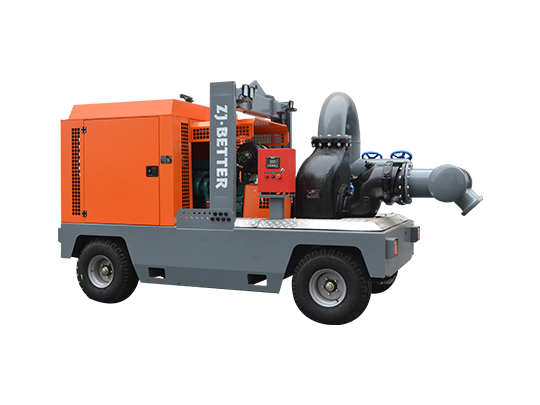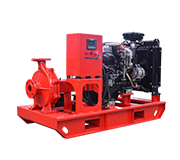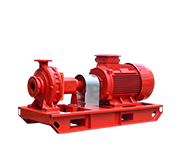-
Overheating: Fire pumps generate heat during operation. When water is not flowing through the pump, there is no cooling effect, and the pump can overheat. Excessive heat can lead to damage to the pump components, including seals, bearings, and mechanical seals.
-
Reduced Lubrication: Water flowing through the pump also serves to lubricate the various moving parts. Idling the pump without water can lead to inadequate lubrication, increasing wear and tear on components.
-
Vibration: Idling a fire pump can result in increased vibration. Excessive vibration can lead to mechanical issues, misalignment, and damage to the pump and its supporting structure.
-
Reduced Efficiency: Fire pumps are designed to operate most efficiently when they are delivering water at their rated flow and pressure. Running the pump without a load can lead to inefficient operation, potentially wasting energy and increasing operating costs.
-
Seal and Gasket Issues: Seals and gaskets can be adversely affected by idling. Without water to provide pressure, seals may not function as intended, leading to leaks and decreased reliability.
-
Cavitation: Idling can create conditions that may lead to cavitation within the pump, as the pressure at the inlet may drop below the vapor pressure of the fluid. Cavitation can cause damage to the pump impeller and other components.
In most cases, it is not advisable to idle a fire pump without a water source or load. Fire pumps are meant to be used during firefighting operations, and they should be operated as intended to ensure their reliability and longevity. If you need to test or run the fire pump for maintenance or other non-emergency purposes, it is recommended to do so with a controlled flow of water or using a test header specifically designed for pump testing. This allows the pump to operate under realistic conditions and ensures that it remains in good working order. Always follow the manufacturer's guidelines and industry standards for testing and operating fire pumps to maintain their effectiveness and safety.
